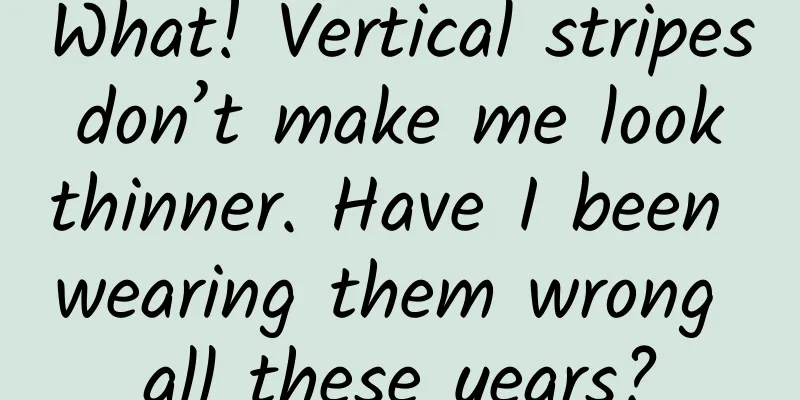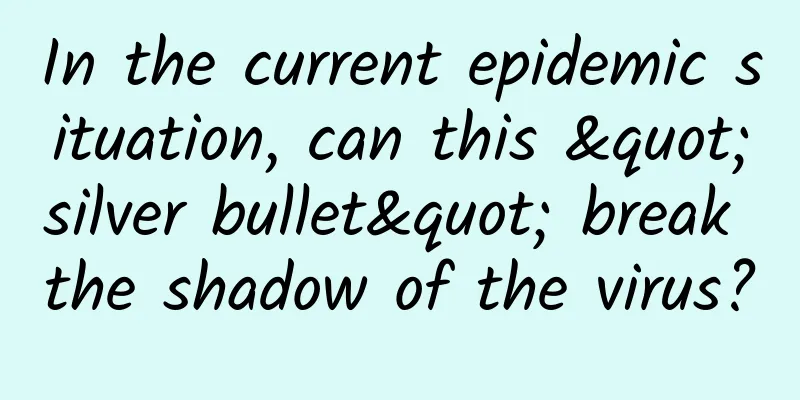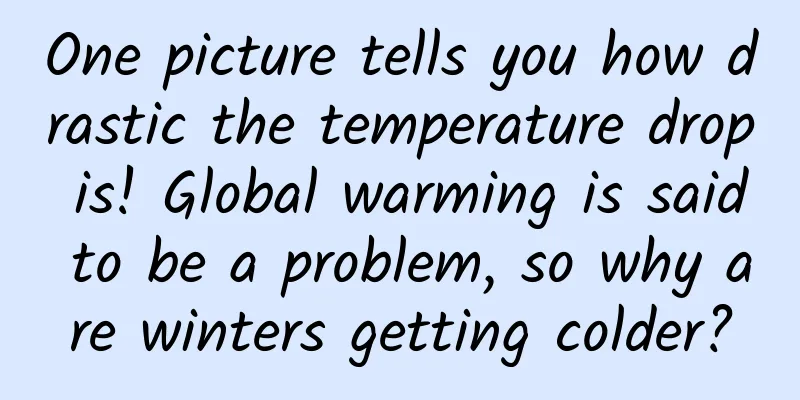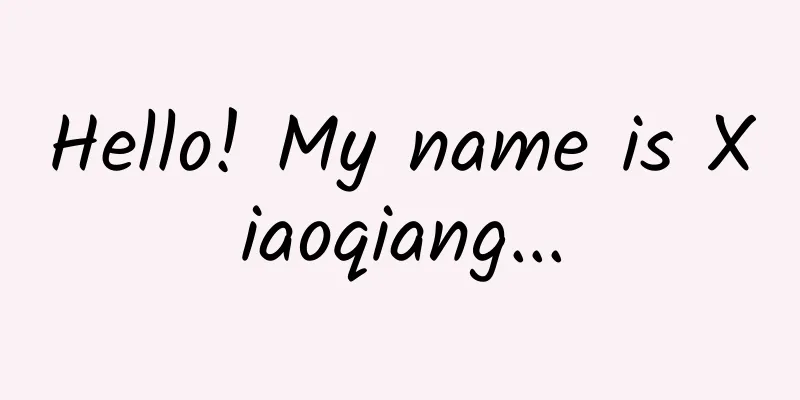What is life? The Turing test may give the answer
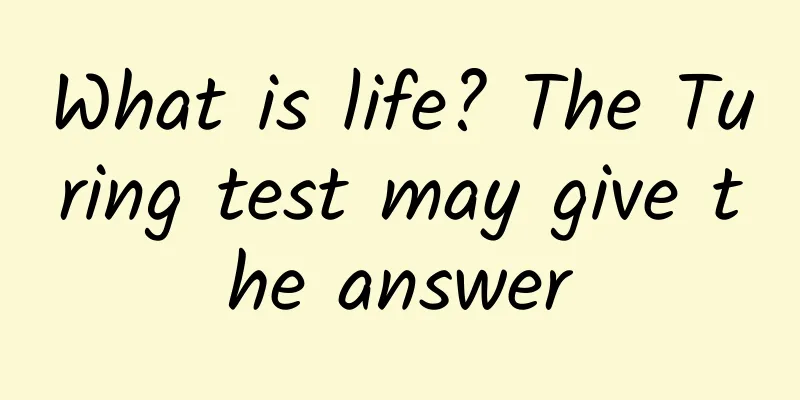
|
Currently, scientists don't really agree on a definition of life. Most of the time, we might think of life as nothing more than living organisms, but whenever we try to define life with certain criteria, there are always exceptions that break our definition. However, without a clear understanding of life, can we really look for life on other planets, or understand the earliest stages of life on this planet? In his collection "The Joy of Why", Steven Strogatz, professor of applied mathematics at Cornell University, discussed major scientific issues with researchers. Under the theme of "What is Life?", Strogatz interviewed Sheref Mansy, professor of chemistry at the University of Alberta in Canada, whose perspective may help us think about this issue. Interview and article | Steven Strogatz Compilation | XZ Left: Steven Strogatz; Right: Sheref Mansy Q: We are glad that you accepted our interview. There are many contradictions in the current view of life. What do you think? A: In my field, some of my colleagues sometimes say some extreme words, such as saying that life is a term that only belongs to poets and scientists are not qualified to use it. I strongly disagree with this. Currently, scientists all over the world are trying to build something, but we can't even say what we are trying to build. In this case, how can science make progress? In addition, I think the biggest problem is that whenever someone proposes a definition of life, someone will always come up with an example to object. Some things are considered alive but do not meet the definition, while some things seem to meet the definition but are considered inanimate. For example, why is the desk inanimate? The answer is generally that the desk has no reproductive ability and therefore has no life; but what about our common mule? It also has no reproductive ability, so why is it considered alive? Or we can take the opposite example, such as common salt crystals. In the field of crystallography, the main way for most crystallographers to obtain crystals is to crush them and then use the small fragments of the crystals to grow more new crystals. This phenomenon seems to be called reproduction, but no one would associate salt with life. Q: So it seems that defining a necessary and sufficient condition for life or setting a clear boundary is not very useful, because exceptions can always be found. However, from another perspective, if we want to find traces of life on other planets, we must have a definition of life. What do you think about this? A: In fact, everything will eventually tend to a state of disorder. Biology itself is an unbalanced chemical system, which is similar to the second law of thermodynamics (a system cannot absorb heat from a single heat reservoir and convert it all into work without causing other effects). Therefore, if organisms lose their vitality, they will decay back to their disordered components to some extent, which is what we call death. Can organisms maintain a highly ordered state forever? The answer is of course no, life will always usher in death and return to a state of disorder. Compared to inanimate objects, living matter can continue to do things for a long time, such as moving and communicating with the surrounding environment. The reason why an organism can survive for a long time is that it avoids the rapid decay into a disordered state that loses vitality. So how do living organisms avoid this decay? Some people may think of using the word "metabolism" to answer, that is, molecule A is transformed into molecule B, and then into molecule C. But when they use this word, they don't seem to really think about what tricks organisms use to keep themselves away from disorder and maintain this highly ordered state over time. Q: I heard that you are currently working on a cell Turing test. How does this relate to the definition of life? Can you tell us more about this? A: Of course. The Turing test was first used in the field of artificial intelligence, that is, the testee (machine or human) answers a series of questions asked by a human tester. If the human tester cannot distinguish whether the answer is a human or a machine, then the machine has artificial intelligence. When defining life, we can follow suit. Imagine that you are playing with your phone, chatting or texting with your friends, and your friend is replaced by a computer program. Can you detect the abnormality? If you cannot distinguish between your friend and the computer program that replaces your friend, then the machine or program has passed the test and has potential life. Therefore, the Turing test can be a way to indirectly define life. On the other hand, if the test fails, no matter what the reason is, you can always detect that the program is different from your friend's, and then you have to go back to the development interface and develop a better program or a better machine. So, for me, the Turing test gave me inspiration: could we build an artificial cell that could trick a living cell into "thinking" it was talking to another natural living cell, rather than treating it as a "copycat". Q: It is a very interesting idea to let living cells be fooled by artificial cells. What work have you done in this direction? A: We started with simple organisms, bacteria. In bacteria, acyl-homoserine lactones are important molecules involved in signaling. So the researchers designed the same type of signaling molecule pathways in artificial bacteria to secrete acyl-homoserine lactones to communicate with those naturally occurring bacteria. So our basic goal was to use a similar approach to recreate the same thing in artificial cells. It turns out that science is always more challenging than we expect. Although we can synthesize and release certain signaling molecules in artificial cells, it is difficult for other natural cells to respond to the released signaling molecules. As for why they cannot respond, I don’t have a good answer. The most successful system we have recreated in artificial cells is the luminescence signaling pathway in Vibrio fischeri, a naturally luminescent marine organism that emits light when its density reaches a certain level. We conducted a simple test of this system: we first put the gene expression components into lipid vesicles to mimic the signaling pathway in cells to some extent; then we cultured the bacteria to half the density required for luminescence, and then added our artificial cells to make up for the missing half of the natural cells, and the natural cells all glowed. This is the most satisfying experiment we have done because at least visually we got the expected effect. Q: That is, when the density of these bacteria is high enough, the artificial cells can act as a substitute for the bacteria, "inducing" the bacteria to regard it as their own kind, making them think that the density required for luminescence has been reached, so the natural bacteria will glow. Can you talk about more information about artificial cells, such as what is contained in the lipid vesicles? A: In this vesicle, we put the DNA fragments we constructed, which can encode various molecules in the signaling pathway; in addition, we also put the necessary elements for transcription and translation, which can promote the transcription of DNA into RNA and then into protein, so as to play a role. In some experiments of the Cell Turing test, we used transcription and translation elements from Escherichia coli extracts for gene expression. Q: In the cell Turing test experiment, we can see the importance of information exchange between cells. Can it be regarded as an important feature of life? A: The artificial cells we made cannot divide and proliferate. What they can do is basically release and receive "information" to communicate with the surrounding cells. Although this ability to communicate information does not often appear in the definition of life, I think it is an important feature of organic life. Living things tend not to appear alone. Most of them exist in groups, which is similar to the community among humans. In the community, one person is a living being, and these living beings communicate with each other to maintain the stability of the community. Therefore, if life is discovered on another planet, we will not find only one organism or one cell, at least not from a biological point of view. Q: You just said that artificial cells cannot divide and multiply, so can they function for a long time? A: Unfortunately, the cells we make can be described as "disposable". They can only communicate with natural cells once and cannot have a longer "conversation". This largely reflects what I said before, that life persists over time. I am very frustrated that artificial cells cannot maintain this "social" activity for a long time through metabolism. If artificial cells want to better imitate living organisms, they must persist for a longer time. Q: Can these artificial cells "interact" with neurons? A: We considered this when we were doing the Cell Turing Test, and I think it is possible. Currently, in neurodegenerative diseases such as Parkinson's disease, patients' dopamine production gradually decreases with age. If you can create a cell that can sense dopamine concentration, when the dopamine concentration in the body is too low, these artificial cells will synthesize dopamine, which seems to be a good treatment, but there is still a lot of work to be done to achieve this goal. Q: If artificial cells can exist for a long time and do some "intelligent" things, such as sensing the presence of cancer cells, when the cells become cancerous, these artificial cells will synthesize corresponding anti-cancer drugs to eliminate the cancer cells. This is a beautiful vision, right? A: Yes, we have done similar experiments. We constructed an artificial cell that can synthesize and release brain-derived neurotrophic factor, which, as the name suggests, is a neurotrophic factor that can affect the differentiation of neurons from immature to mature. We cultured immature neurons with artificial cells and then added signaling molecules secreted by bacteria. It turned out that these artificial cells can sense this signaling molecule and respond by synthesizing and releasing certain substances, which in a sense guide the differentiation of neural stem cells. This seems simple, but in fact, it took four or five years to see the effect. Indeed, life is one of the most complex phenomena in nature, and it also presents different characteristics, such as growth and reproduction, heredity and evolution, information exchange, metabolism, and the inevitability of death. It seems that there is no single attribute that can define life. Either the attributes given to life are too broad, so that many non-living systems also have such characteristics; or they are too specific, so that we can always find some counterexamples that do not meet these specific characteristics, and intuitively we can judge that this counterexample is a living thing. Therefore, the interpretation of life is still an unresolved issue. This article is excerpted from: https://www.quantamagazine.org/what-is-life-20220615/ Special Tips 1. Go to the "Featured Column" at the bottom of the menu of the "Fanpu" WeChat public account to read a series of popular science articles on different topics. 2. Fanpu provides a function to search articles by month. Follow the official account and reply with the four-digit year + month, such as "1903", to get the article index for March 2019, and so on. Copyright statement: Personal forwarding is welcome. Any form of media or organization is not allowed to reprint or excerpt without authorization. For reprint authorization, please contact the backstage of the "Fanpu" WeChat public account. |
<<: These commonly used items are all hazardous chemicals! You must have some around you
>>: Q: In the AI world, which company is the best at bulldozer production?
Recommend
Event promotion: Analysis of the purpose and routine of Baidu’s card collection event!
Following the Alipay card collection activity, Ba...
How to view Huawei Software Development Cloud's implementation of DevOps in the era of microservices
[Original article from 51CTO.com] Cloud computing...
The circle of friends is flooded with messages! A "flying saucer cloud" appeared over Beijing! It indicates...
Talking about Cloud Everyone is familiar with Oft...
Threshold thinking in marketing!
There is an interesting story circulating on Wall...
4 principles to help you write copy that can leverage user cognition!
"Hey, this should work." Xiao Zhang was...
"Climate Holy Grail" subverts traditional clean energy! Underground "white hydrogen" may set off a new round of green revolution!
Hydrogen energy is one of the clean fuels of the ...
Be careful! What are the "live pearls" that are popular on the Internet? Can they be eaten?
recent A food called "live beads" Going...
Traffic doesn’t work? Member Economy to help you
"Prime has become the central nervous system...
Google outlines Android app development and policy changes for 2021
Google has just disclosed its development plan fo...
100 universal article titles, a must-have for new media editors!
Many new media people don’t know what kind of tit...
What gifts are healthier for the Spring Festival?
China is a country of etiquette, where we believe...
Adjustment of individual income tax withholding method to be implemented from July 1, 2020
On July 29, the State Administration of Taxation ...
Fengjie teaches you how to write 10w+ stories
Fengjie’s article became popular. The article &qu...
Abandoned WP users, some WP phones can no longer log in to Alipay
According to Zhiji netizen @erizone, he found tha...
The "popular toys" that children love to play with have been recalled. Check to see if you have any at home?
Just on the 17th of this month, the U.S. Consumer...
